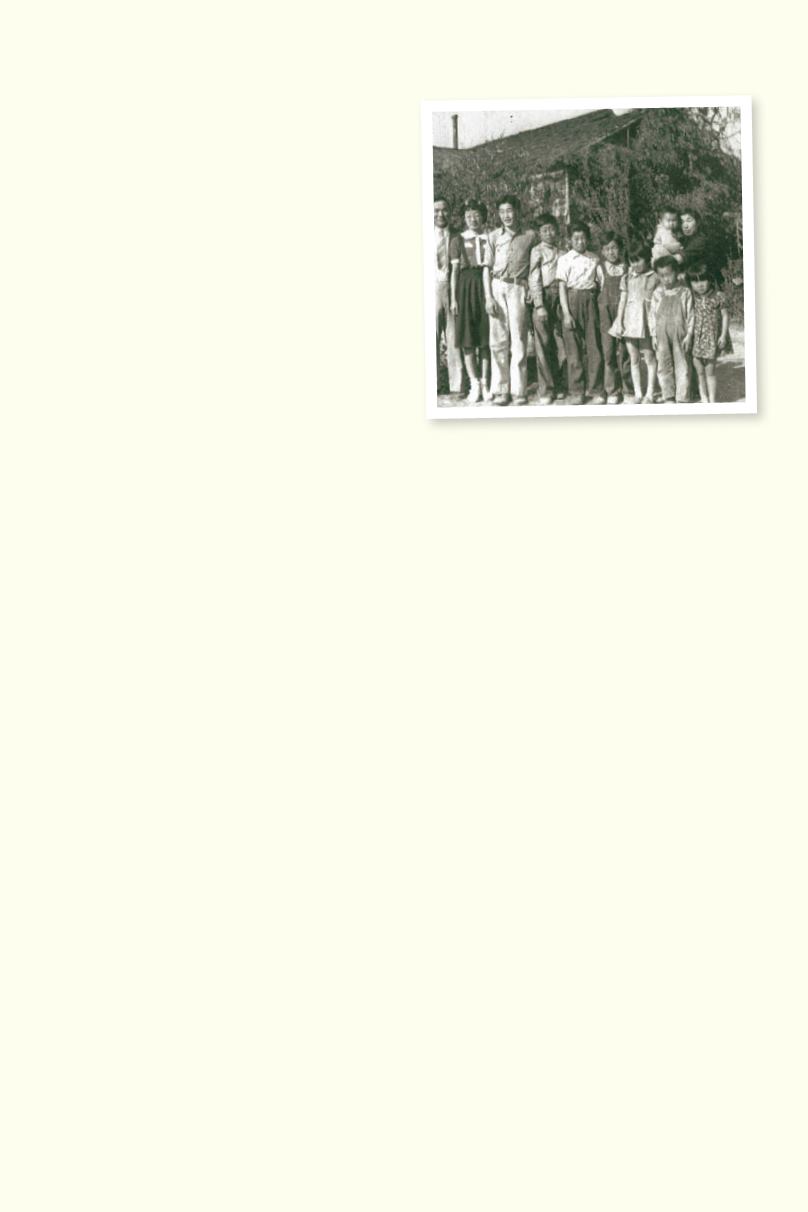
When Shinji grew up, he wanted
to find a wife. According to US
law, Japanese men living in the
United States could not marry
American women. Shinji would
look for a wife in Japan. Time was
running out. In two years, the
Immigration Act of 1924 would go
into effect. This US law would limit
immigration to the United States
and banned all immigration from
Asia, including Japan. Shinji could
not bring a bride to the United
States after that.
A
baishakunin
—a Japanese
matchmaker— arranged a marriage
for Shinji. The baishakunin
guaranteed that Shinji’s future wife was from a good family and that
she was free of illness. In 1922 he traveled by steamboat from San
Francisco, California, to Tokyo, the bustling capital city of Japan.
Shinji agreed to meet the young woman the baishakunin had picked
for him, but he did not promise to marry her. After working for eleven
years in the United States, Shinji, now twenty-four, was reluctant to
marry a woman he didn’t know. He liked the way American men chose
their own wives.
On his way to the village where the young woman lived, Shinji
stayed at an inn in Tokyo. A woman named Tomomi Watanabe was
living at the same inn. She captured Shinji’s attention. People said that
when Tomomi was younger, she had turned down all marriage offers
and that she was too old for marriage now. Tomomi immersed herself
in nursing. She cared for tuberculosis patients in a hospital down
the street from the inn. Shinji noticed that Tomomi rushed to the
Like many Japanese Americans on the West Coast in the
early 1940s, the Sato family raised crops on a family
farm. In this photo from 1941, Kiyo is with her parents
and eight siblings.
From left, front row
, Shinji (their
father), Kiyo, Seiji, Sanji, Aizo, Kozo, Kazu, Naoshi, and
Tomoko. Baby Masashi is in the arms of their mother,
Tomomi.
12


